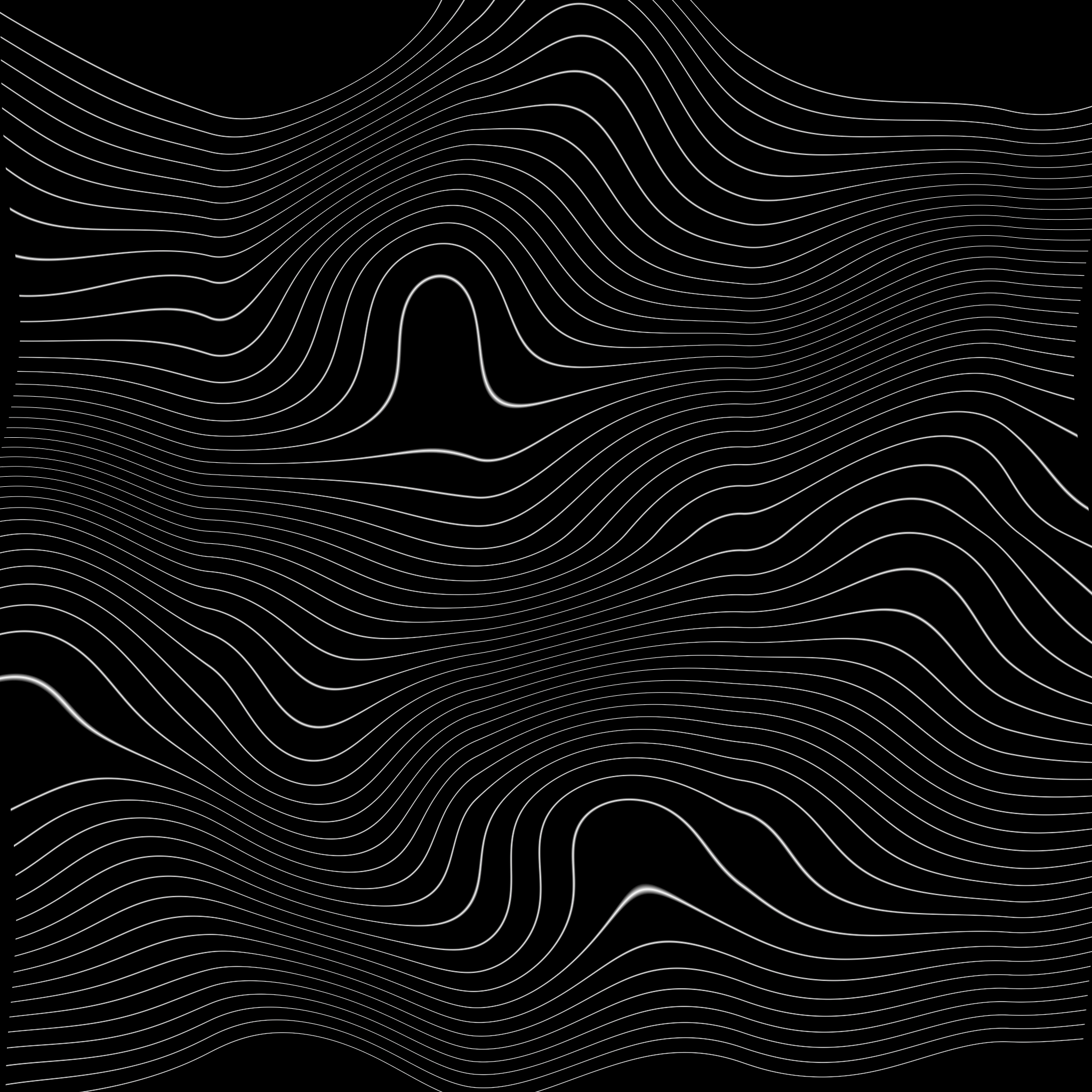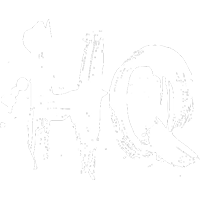Featured Exhibition
This exhibition is the first project Headquarters has embarked on. From a national open call, five disabled artists – Cheryl Que Jada Canning, Sue Jo Wright, Marianthe Loucataris, Fayen d’Evie and Makareta Leathart – were selected and commissioned to make works for our new space. Their pieces speak to their lived experiences, diverse practices; past, present and future realities and universal points of connection. Stylistically, they all play with, challenge and defy traditional, ableist artform boundaries and expectations.
The road from commissioning to presentation has been much like the last few years; full of unexpected twists and turns, revelations, struggle and joy. Working with a Crip Time ethos – which honours our bodies and responds to their changing states – has allowed things to unfold in a responsive and caring way.
One of the things that Headquarters is hoping to do is to build better literacy in our arts ecology around disabled work, and assist artists to have their work responded to in a genuine and informed manner. As part of this, in addition to commissioning artworks, as part of this first program we have commissioned a response to each work, by another disabled artist. These responses take many forms – writing, conversations, etc. They open up new access points for the works, and bring to light features that may have otherwise gone unnoticed.
Take your time to engage with the works as they land in this space. Experience, re-experience, reflect.
What are we? emerged out of conversations with a group of friends. Inspired by the following quote by Fiona Kumari Campbell (2013), “A relational, counter ableist version of impairment might explore what the experience of impairment produces and ask how does disability productively colour our lives?”. Through sharing our lived experience of disability & chronic illness – & how an animist lens might assist in blurring the pathological categorisation that occurs in the ableist society we inhabit – rich conversations emerged.
Can an animist perspective, a sense of there being other agents in play beyond the human, tapestried with an awareness of the ableist framework, shape shift – create alternative ways of experiencing reality & understanding ourselves & our relationship with the diverse social & biological ecologies we are part of?
Having a digital space to share asynchronously allowed for imaginative threads to diffract, coalesce & weave themselves in our lovingly tended digital space. The spoken word piece was a riff – an improvised response with – in this thick conversational thread. The music emerged alongside the riff during the same time period and the two were merged with visuals to create the whole.
A random visit from a friend, Ilona McGavock, developed into an impromptu recording session which the gorgeous violin arrangements emerged out of.
THANK YOU to my dear friends who have inhabited the eye of the whale with me & thus are co-creators of this work & Headquarters for spurring me on with financial support & a deadline. Especially the Black Hole Collective : Craig Slee, Julie Johnson, Aerin Dunford, Natasha Terry & Irin Tudor : & Tricky Singer
If you would like to find out more about the work and become part of the conversation go here: https://www.what-are-we.com
Artwork Credits
Spoken word, music & visuals by Marianthe Loucataris
Violin arrangements & performance by Ilona McGavock

